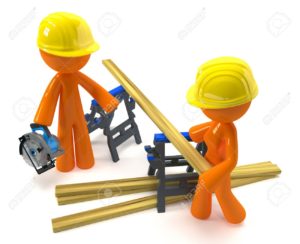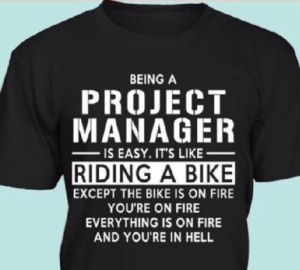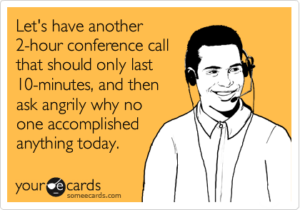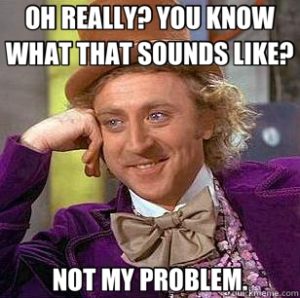If you managed a few projects, you eventually come upon one with mislaid intentions of some sort. I’m specifically using that word because it comes bearing a sense of temporary-ness, and lacks a sense of malice. Both of which I think are what’s at play in these situations.
What do I mean by “mislaid intentions?” For me it’s those situations where things just don’t seem to add up. The actions of the stakeholders or members of the project team don’t align to the published project goals. It might be the subtle (or not so subtle) withholding of information or the constant flux of sidebar conversations or even the lack of follow through.
So, what do you do? Do you put your tail between your legs and run away? Do you whine to the powers that be? I rarely shy away from a chance to show my scrappiness and use this as an opportunity to insert myself into the process. I’m not too concerned about what others think of me. My goal is to execute on a project so I need to use all the resources I have at my disposal and pursue those goals (sometimes quite aggressively, if that’s required).
But, what’s the point? To me this is actually the more interesting question. If we are all working towards the same goal of delivering on the project goals, what’s the point in mislaying intentions? This is where the organizational and personal dynamics come in. Usually the reason for this behavior has nothing to do with you at all. It usually has to do lack of knowledge or understanding (of your role, value, or even the mechanics of the project); or it could relate to broader project issues that originated before you arrives; or it could have to do with personal insecurities.
It’s really not necessary for you to spend too much time speculating on why this is occurring. Remember these are “mislaid” intentions with implications of benevolence and a lack of permanence. Your job is to figure out how introduce your role, and work you way into the dynamics of the project often changing it as you march towards your goal of execution. Don’t stop fighting the good fight.









